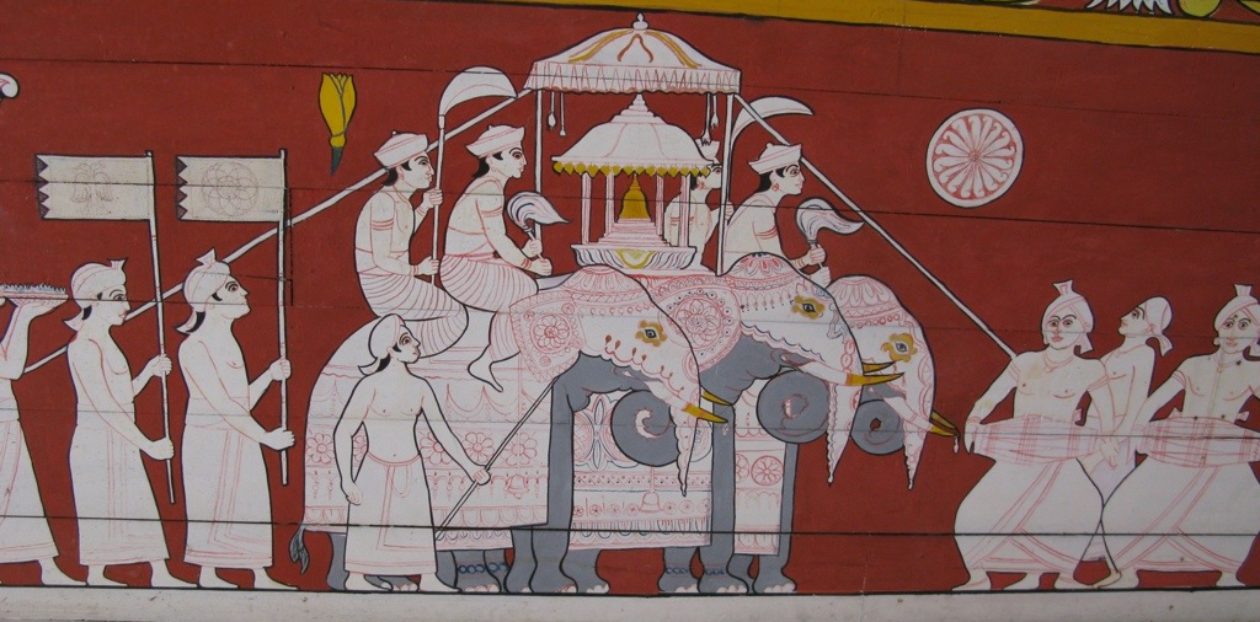8 Sep 2018
We had booked a small group (up to 16) tour of the Western Front. We decided to do this tour the day after we arrived in Paris. We could not have foreseen the fact that we arrived in Paris late due to the flight delay. We were supposed to meet at 6:40 am outside the Paris Tourist Office in Pyramides. We made it to the Paris Tourist Office outside the Town Hall. We realised after some time we were at the wrong spot. Pyramides was not near and we needed a taxi. We had difficulty getting a taxi and so I booked an Uber that arrived in 4 mins. While in the Uber car, the tour guide called me to enquire about our whereabouts. I told him we were waiting at the wrong spot but now we were in a Uber cab and on our way. We just made it in time.
Our tour group was a small one; just six of us. There was a Canadian couple, a young Australian couple from Melbourne and us. We had a mini-van that was very comfortable for all of us. We felt quite lucky to get a small group.
The drive to the Western Front was more than 2 hours. On the way, the guide gave us a run down of the programme for the day and also outlined some of the historical facts. He was full of knowledge and had an iPad with photographs from the period to illustrate various topics he was discussing.
We got to the Australian Memorial at about 9:20am. It opens at 9:30am. No one was there. The guide had good timing. He gave us a guide of the site and graves. It is actually a Commonwealth grave with most being Australian. There were British and Canadians buried here. The good thing about coming early is also it allows me to capture uninterrupted picture of the whole area.


Gravestone of an unknown soldier
Most burial plots are near where the soldiers fell. The exception here will be the La Chapelette British and Indian Cemetery in Peronne where there are 571 identified graves and 6 unidentified. The 5th Indian Cavalry Division led the only cavalry charge on the Western front.
There is also a Chinese Cemetery at Noyelles-sur-Mer. The Chinese were brought in as labourers to build British war infrastructure and fortification. They mostly died of illness and mainly the Spanish flu.












The Red Baron (Manfred von Richthofen) sustained a serious head wound and crashed in Vaux sur Somme on 6th July 2017. He was pursued by a Canadian pilot but later investigation credited Australian ground fire for bringing down the plane. He was 27 when he died.



The British War Memorial was large and impressive. After our visit of this site in Thiepval, we headed for the Newfoundland Memorial Park dedicated to Canadian soldiers. Most of the Canadian soldiers were from Newfoundland. This site also contains reasonably preserved war trenches.


Trenches in Newfoundland Memorial Park
The Newfoundand Memorial Park in Beaumont-Hamel is an actual battleground. It is littered with reasonably well preserved trenches. In other areas of Somme, trenches have been covered up and farming now takes place. The trenches in this park are exactly as they were 100 years ago.The original trenches were a lot deeper. Over time, soil fell into the trenches.





View of battleground at Newfoundland Memorial Park
After Newfoundland Memorial Park, we headed for the town of Peronne for lunch. Peronne was a German stronghold during the war and was heavily shelled by the allies. We also visited the museum in town which had relics from the war period including period uniforms and weapons.



























